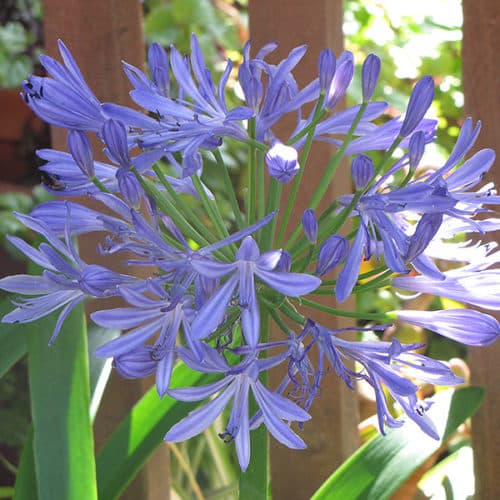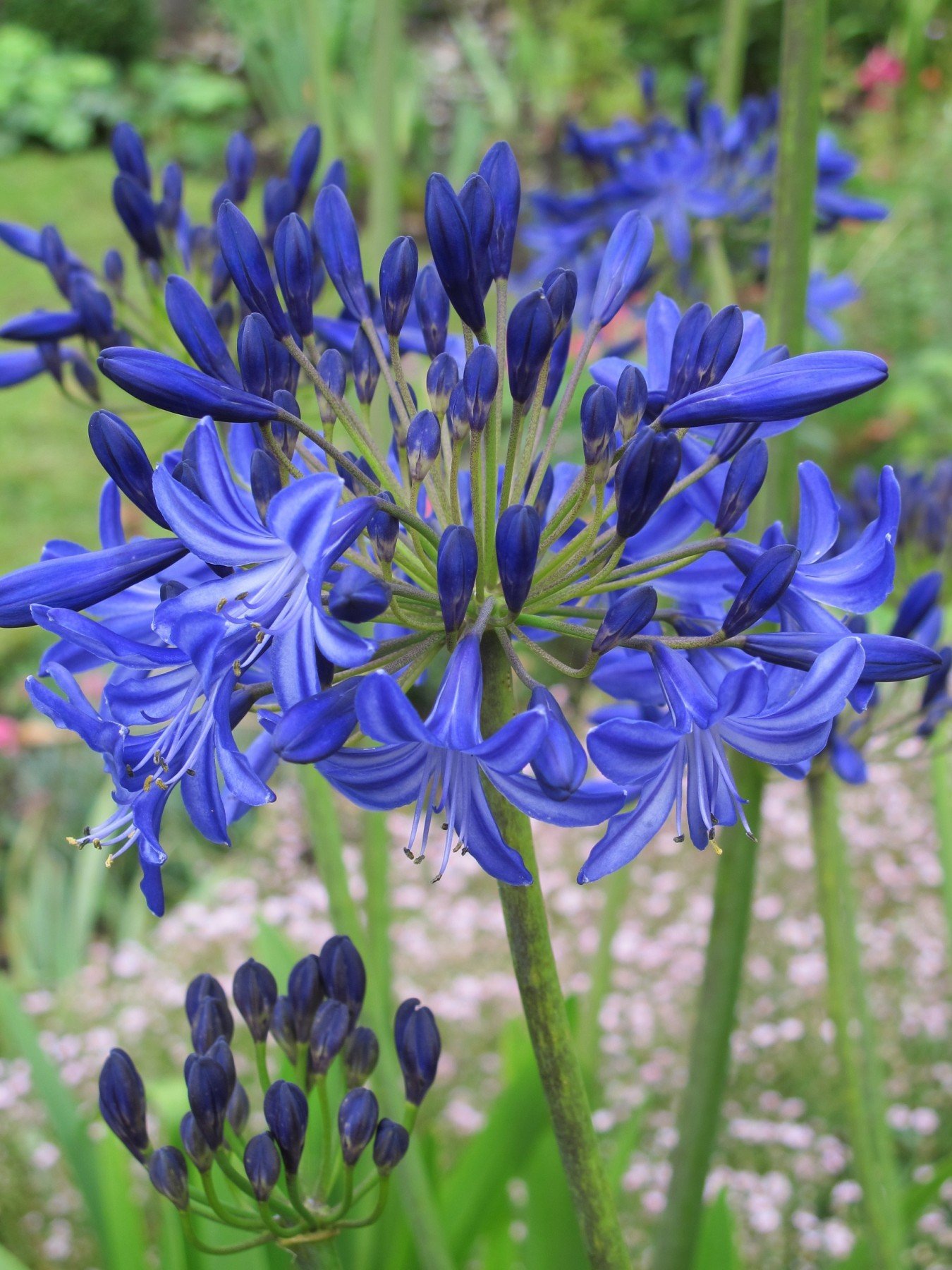Mastering the Art of Agapanthus Care: Crucial Actions for Healthy Development and Dynamic Flowers
In the world of gardening, the growing of agapanthus stands as a fulfilling endeavor for those that look for to support these sophisticated blooming plants. From picking the best range to understanding pruning techniques, the journey towards cultivating growing agapanthus plants is diverse and holds the essential to unlocking the complete capacity of these agricultural gems.

Picking the Right Agapanthus Range

When picking the ideal Agapanthus range for your yard, take into consideration factors such as environment viability, blossom shade, and development habit. Agapanthus, generally recognized as Lily of the Nile or African lily, can be found in a selection of shades ranging from tones of blue and purple to white. Choose a blossom shade that enhances your existing yard palette to develop a harmonious landscape. Furthermore, take into consideration the climate in your region to ensure the Agapanthus variety you pick can grow in your specific conditions. Some ranges are a lot more tolerant of cold temperatures, while others favor warmer climates. Understanding the growth behavior of various Agapanthus selections is vital for proper positioning within your garden. Some ranges have a clumping development practice, ideal for containers or borders, while others have a more dispersing nature, ideal for ground cover or mass plantings. By very carefully examining these elements, you can select the excellent Agapanthus range to enhance the elegance of your garden.
Suitable Growing Conditions
Considering the ideal environmental needs is necessary for successful Agapanthus farming. Agapanthus flourishes in well-draining soil with a somewhat acidic to neutral pH degree. When planting, select an area that gets full sunshine to partial shade. In hotter climates, providing some mid-day color can prevent scorching of the leaves. Agapanthus plants are delicate to cold temperatures and ought to be shielded from frost throughout winter season.
To guarantee healthy development and vibrant blooms, plant Agapanthus light bulbs at a depth of concerning 2-4 inches and space them 8-12 inches apart. Mulching around the base of the plants aids keep wetness and reduces weed growth.
Watering and Feeding Tips
Preserving appropriate wetness degrees and offering important nutrients are crucial components in the care routine for Agapanthus plants. When it comes to watering Agapanthus, it is crucial to strike an equilibrium. These plants choose consistently damp soil yet are at risk to root rot if overwatered.
Feeding Agapanthus is crucial for promoting healthy and balanced development and prolific blossoms. Apply a balanced fertilizer, such as a 10-10-10 formula, in the very early springtime as brand-new development emerges. Repeat this application every 6-8 weeks throughout the expanding period. Prevent too much fertilizing, as it can bring about lush foliage at the expense of flowers. Always adhere to the maker's instructions for appropriate dilution and application methods. By adhering to these watering and fertilizing tips, you can guarantee your Agapanthus plants prosper and produce dynamic, durable blossoms.
Trimming Strategies for Agapanthus
Trimming Agapanthus plants at the appropriate times and with appropriate methods is essential for keeping their health and advertising optimum development and flowering. The optimal time to trim Agapanthus is in late winter or very early springtime before official source brand-new growth arises.
Deadheading invested flowers can additionally redirect the plant's power into generating more blooms instead than setting seeds. If you desire to collect seeds for breeding, leave some blossoms to completely dry and fully grown on the plant.
Remember to make use of tidy, sharp tools to make precise cuts and minimize the threat of introducing conditions. Agapanthus. Routine trimming will certainly aid maintain your Agapanthus looking cool and healthy while ensuring a bountiful display of attractive flowers
Dealing With Typical Insects and Diseases
After making sure correct trimming methods for Agapanthus, it is essential to attend to usual bugs and illness that can influence the health and vigor of these plants. One typical insect that affects Agapanthus is the Agapanthus visit this website gall midget.
Another typical problem is fungal fallen leave spot, which provides as dark lesions on the fallen leaves. To avoid fungal conditions, guarantee great air blood circulation around the plants, stay clear of above watering, and get rid of any type of infected leaves quickly. Additionally, Agapanthus plants can experience root rot if they are planted in badly draining pipes dirt. To prevent this, plant Agapanthus in well-draining soil and stay clear of overwatering. By being cautious and taking punctual activity versus pests and illness, you can aid your Agapanthus plants flourish and create vibrant blossoms.

Final Thought
Finally, grasping the art of agapanthus care involves selecting the ideal range, giving suitable planting problems, proper watering and fertilizing, appropriate trimming techniques, and attending to common bugs and conditions. By complying with Discover More these important steps, you can make sure healthy and balanced development and dynamic blooms for your agapanthus plants. Bear in mind to on a regular basis check and maintain your plants to promote their general health and durability.
To guarantee healthy and balanced growth and dynamic blooms, plant Agapanthus bulbs at a deepness of concerning 2-4 inches and room them 8-12 inches apart. By complying with these watering and fertilizing ideas, you can guarantee your Agapanthus plants grow and create lively, lasting flowers.
One typical bug that influences Agapanthus is the Agapanthus gall midge. Furthermore, Agapanthus plants can experience from origin rot if they are planted in badly draining dirt. By complying with these vital actions, you can make sure healthy growth and dynamic blooms for your agapanthus plants.